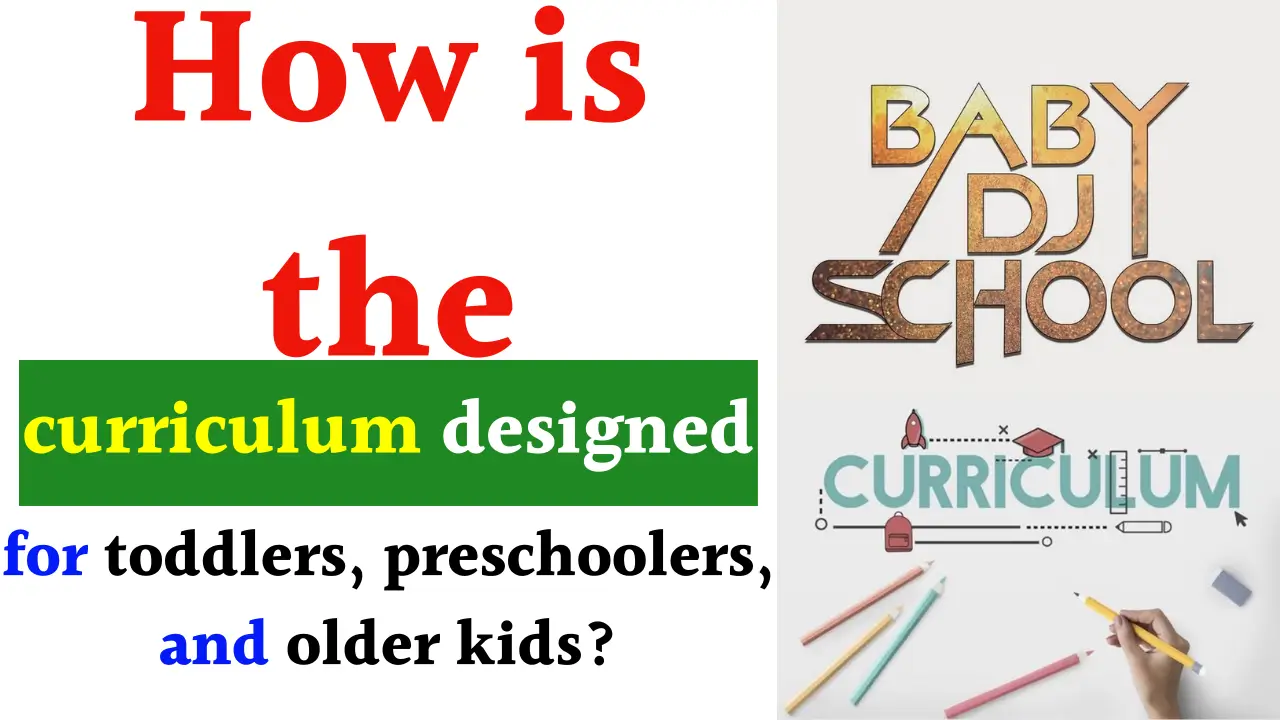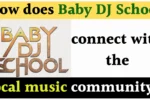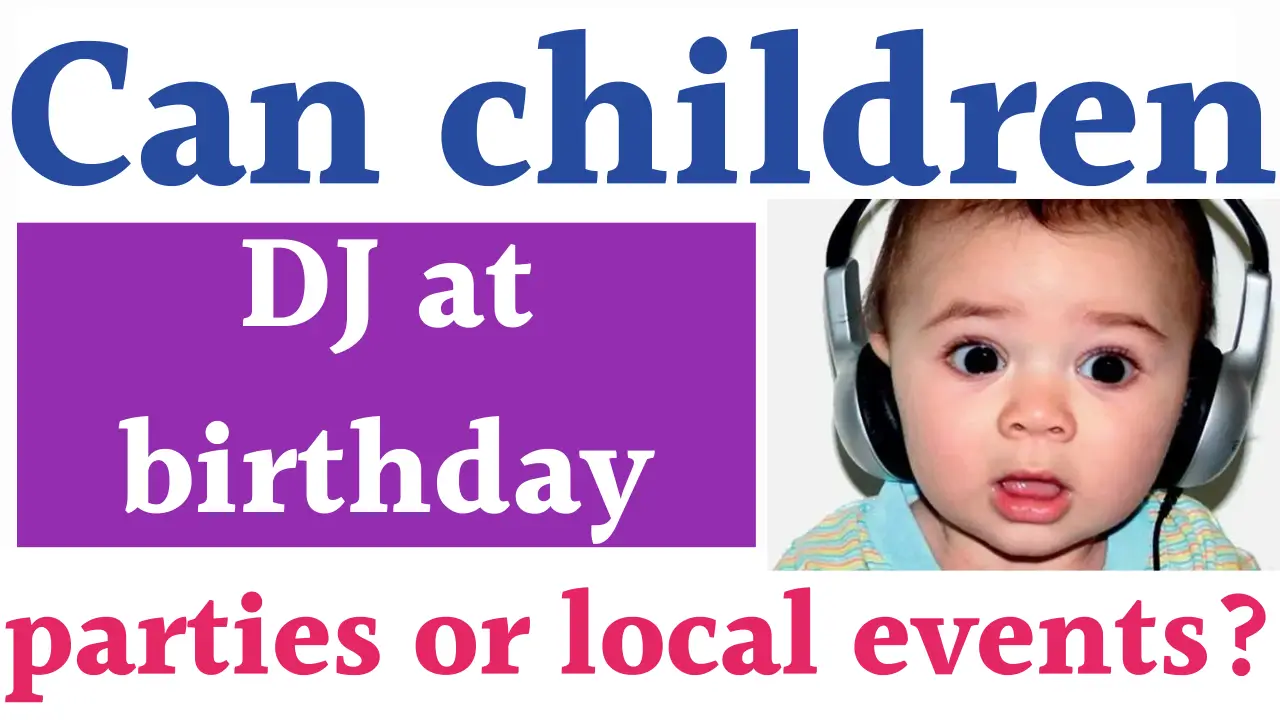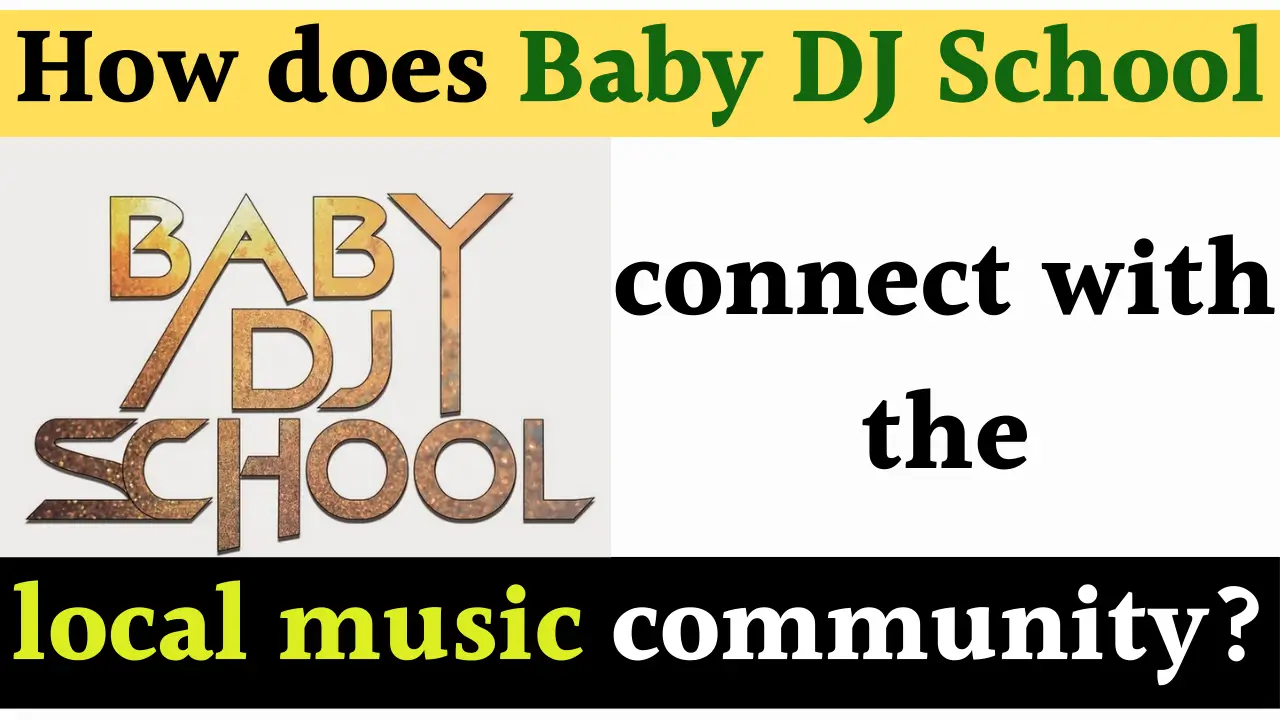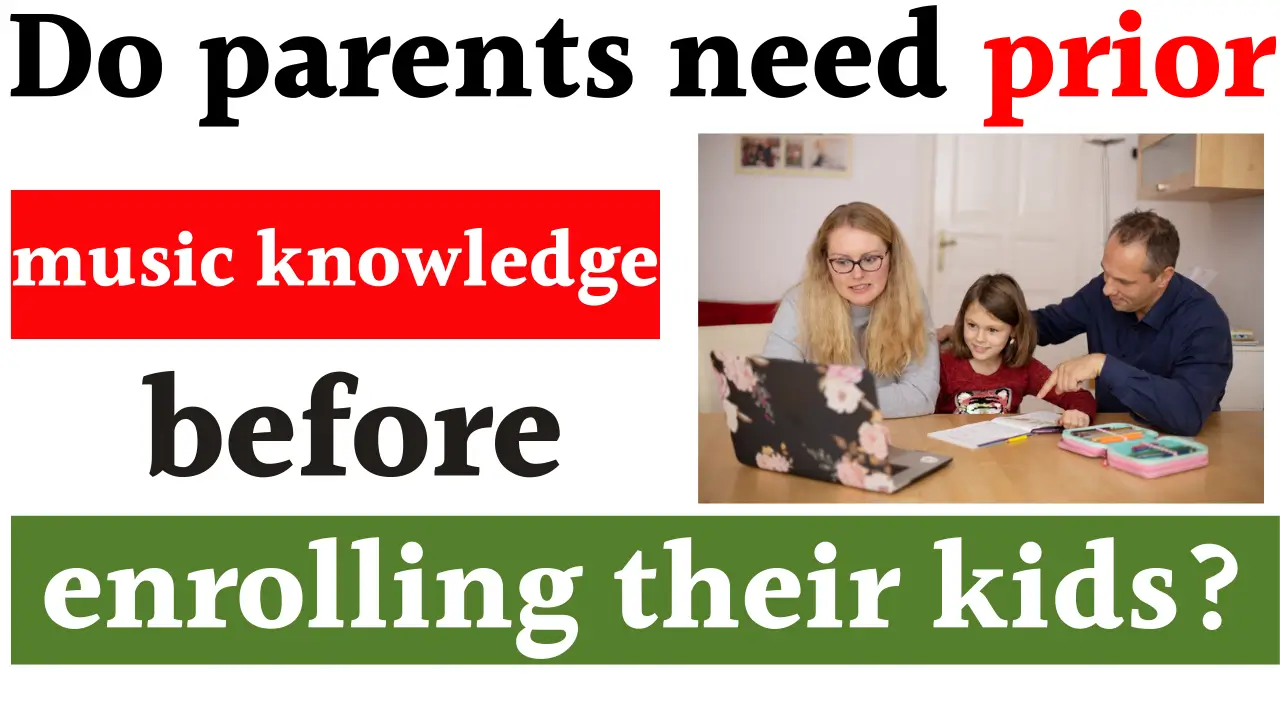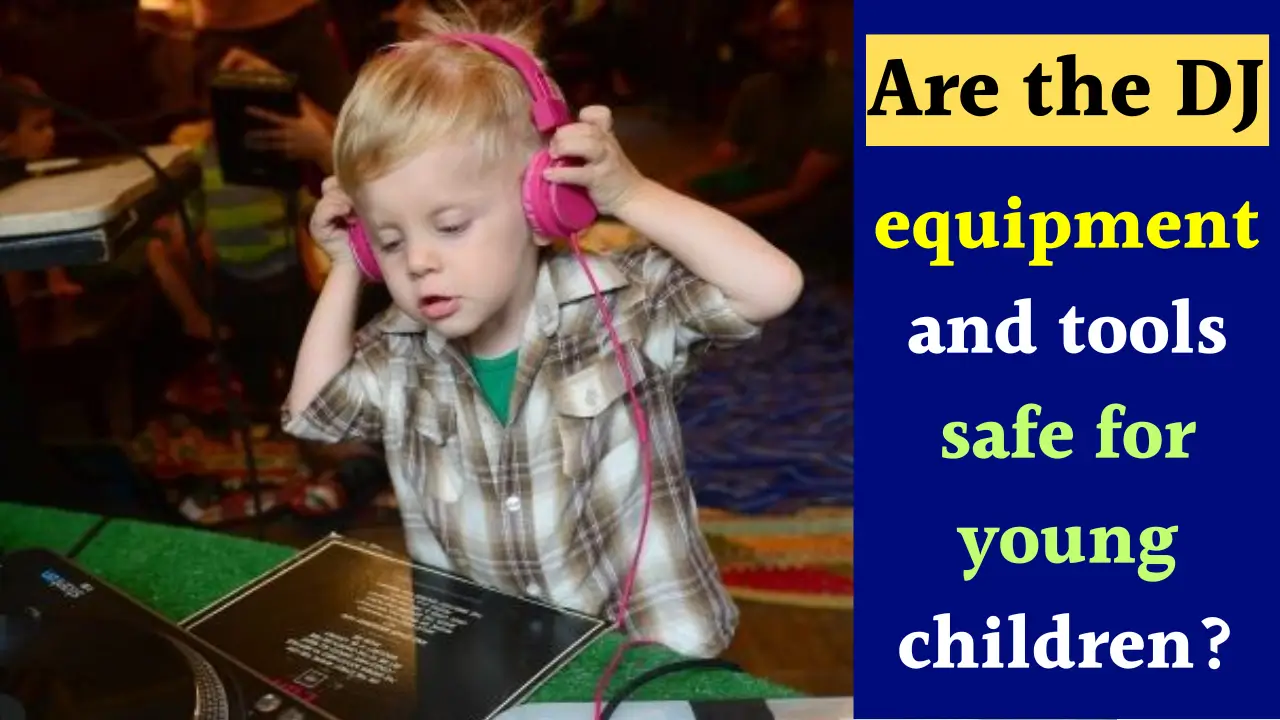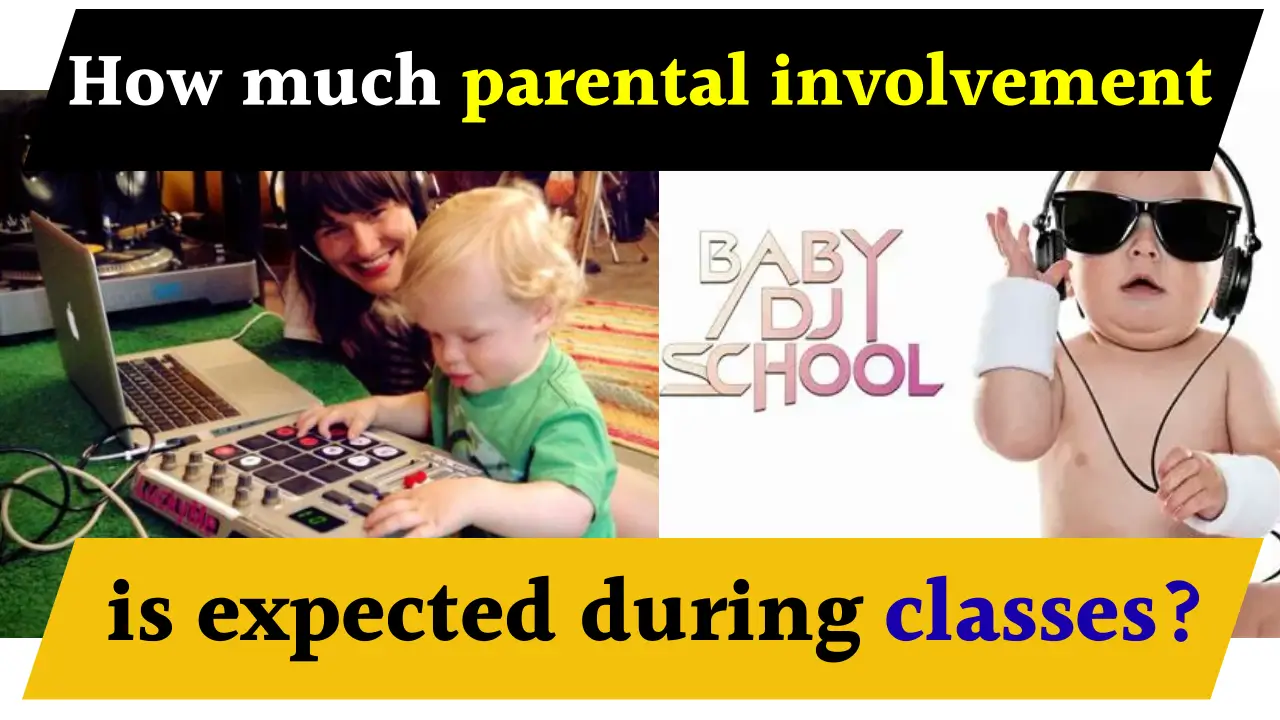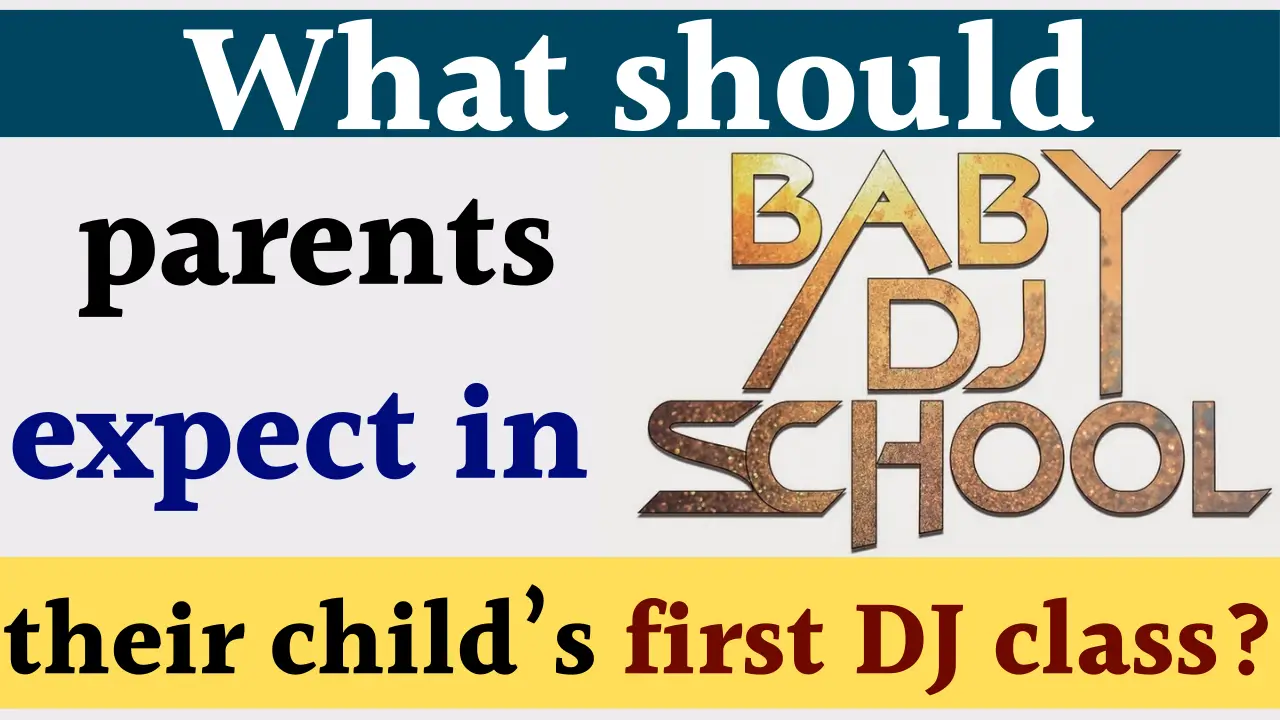Curriculum design for early childhood and primary education involves carefully crafting learning experiences that are developmentally appropriate, engaging, and supportive of children’s cognitive, social, emotional, and physical growth. The process varies significantly from toddlers through preschoolers to older kids, reflecting evolving developmental milestones and educational goals.
Curriculum Design for Toddlers
For toddlers, curriculum design prioritizes foundational experiences that stimulate natural curiosity, sensory exploration, and basic social skills. This age group (roughly 1-3 years) learns best through play-based, hands-on activities that encourage movement, language development, and emotional recognition.
Key features of toddler curriculum design include:
- Sensory-Rich Environments: Materials and activities that engage touch, sight, sound, and movement.
- Routine and Predictability: Structured daily routines to foster security and emotional regulation.
- Language and Communication Focus: Emphasis on vocabulary building through singing, storytelling, and interactive conversation.
- Social Skills Introduction: Encouraging sharing, simple cooperation, and empathy through group play.
- Short, Flexible Learning Blocks: Toddlers have limited attention spans, so activities are brief and adaptable.
The curriculum is designed around developmental milestones such as walking, talking, and beginning self-care skills, always fostering exploration and autonomy in a safe environment.
Curriculum Design for Preschoolers
Preschool curricula (ages 3-5) build upon toddler foundations to introduce more structured learning aimed at preparing children for formal schooling. The design usually incorporates a balance of play-based learning with emerging academic skills.
Core principles include:
- Developmentally Appropriate Practice (DAP): Activities match children’s developmental levels across cognitive, social, emotional, and physical domains.
- Integrated Learning Areas: Curriculum covers language and literacy, numeracy, science, arts, physical development, and social-emotional learning.
- Theme-Based and Project Approaches: Using monthly or weekly thematic units like “All About Me” or community helpers to create meaningful, connected learning experiences.
- Active, Hands-On Learning: Experimentation, sensory play, art, and outdoor exploration are central.
- Social-Emotional Growth: Focus on self-regulation, empathy, cooperation, and resilience.
- Teacher Facilitation with Child Choice: While teachers guide learning goals, children are encouraged to make choices reflecting their interests.
Modern preschool curricula may incorporate technology prudently, use continuous assessment to personalize learning, and engage families in the learning process.
Curriculum Design for Older Kids
For older kids (roughly ages 6 and up), curriculum design becomes more structured and academic, while still being enriched with creativity and critical thinking. The focus shifts toward building foundational knowledge and skills for literacy, mathematics, science, social studies, and physical education, aligned with standardized learning goals.
Key aspects include:
- Scope and Sequence: Learning objectives are sequenced logically to build skills progressively year by year.
- Subject-Focused Content: Curriculum is divided into disciplines with clear learning standards.
- Skill Development: Emphasis on reading comprehension, mathematical reasoning, scientific inquiry, and writing.
- Project-Based and Inquiry Learning: Encourages problem-solving and application of knowledge.
- Assessment-Driven: Use of formative and summative assessments to guide instruction and track progress.
- Cultural and Social Relevance: Curriculum often integrates multicultural perspectives, civic education, and social responsibility.
- Collaboration and Communication: Group work and presentations develop social and communication skills.
Curriculum design here involves balancing knowledge acquisition with fostering creativity, critical thinking, and personal development.
Latest Trends in Curriculum Design (2025 Updates)
Recent innovations and updates in curriculum design across all age groups emphasize a child-centered, flexible, and inclusive approach:
- Personalized and Adaptive Learning: Increasing use of AI-driven platforms to tailor learning experiences to individual needs.
- Play-Based and Experiential Learning: Reinforced importance of learning through inquiry, play, and sensory activities especially in early years.
- Social-Emotional Learning (SEL): SEL is now integral, promoting self-regulation, empathy, and resilience in daily routines.
- Developmentally Appropriate Technology Use: Technology is incorporated as an interactive and supportive tool rather than passive screen time.
- Mindfulness and Well-Being: Integration of mindfulness practices to support emotional health.
- Home-School Collaboration: Stronger partnerships through digital platforms for sharing progress and engaging families.
- Culturally Responsive Teaching: Curriculum includes diverse perspectives to embrace multiculturalism and inclusiveness.
- Outdoor and Nature-Based Learning: Growing emphasis on outdoor play, environmental awareness, and physical movement.
These trends support holistic development and ensure the curriculum is relevant, engaging, and supportive of all learners.
Comparative Table of Curriculum Design by Age Group
| Aspect | Toddlers (1-3 Years) | Preschoolers (3-5 Years) | Older Kids (6+ Years) |
|---|---|---|---|
| Learning Focus | Sensory exploration, language basics | Play-based academics, social-emotional growth | Academic subjects, skill mastery |
| Learning Approach | Play and routine-based | Theme/project-based with guided choice | Structured, subject-focused, inquiry-based |
| Environment | Safe, sensory-rich, predictable | Stimulating, diverse learning centers | Classrooms with resources for diverse subjects |
| Attention Span | Short, flexible | Moderate, with active engagement | Longer, with varied instruction methods |
| Social Development | Sharing, simple cooperation | Empathy, self-regulation, teamwork | Collaboration, communication skills |
| Role of Educator | Facilitator and nurturer | Guide and scaffold learning | Instructor and mentor |
| Use of Technology | Minimal, interactive | Selective, supportive | Integrated for personalized and interactive learning |
| Assessment | Observation-based | Continuous, formative | Formal assessments and progress tracking |
Key Steps in Curriculum Design Process for All Ages
- Identifying Goals and Outcomes: Clearly define what children should learn and achieve at each stage.
- Choosing Curriculum Models: Decide on educational philosophy (Montessori, Reggio Emilia, HighScope, Creative Curriculum, etc.).
- Developing Content and Activities: Create age-appropriate learning experiences and materials.
- Sequencing and Progression: Organize learning so skills build logically over time.
- Incorporating Assessment: Use ongoing evaluations to inform instruction and support individual needs.
- Engaging Families: Encourage parent involvement and communication.
- Adapting for Diversity: Ensure culturally responsive and inclusive content.
- Utilizing Latest Technology and Research: Integrate technology and updated pedagogical insights effectively.
Conclusion
Curriculum design for toddlers, preschoolers, and older kids requires thoughtful consideration of developmental readiness, learning objectives, and teaching approaches. For toddlers, sensory-rich play and basic social skills set the foundation. Preschool curricula blend play with early academic concepts and socio-emotional development. For older kids, curricula become more structured and discipline-focused, fostering critical thinking and skill mastery. Emerging trends of personalized learning, social-emotional development, technology integration, and inclusivity shape modern curriculum design, ensuring meaningful and effective education for every child.
